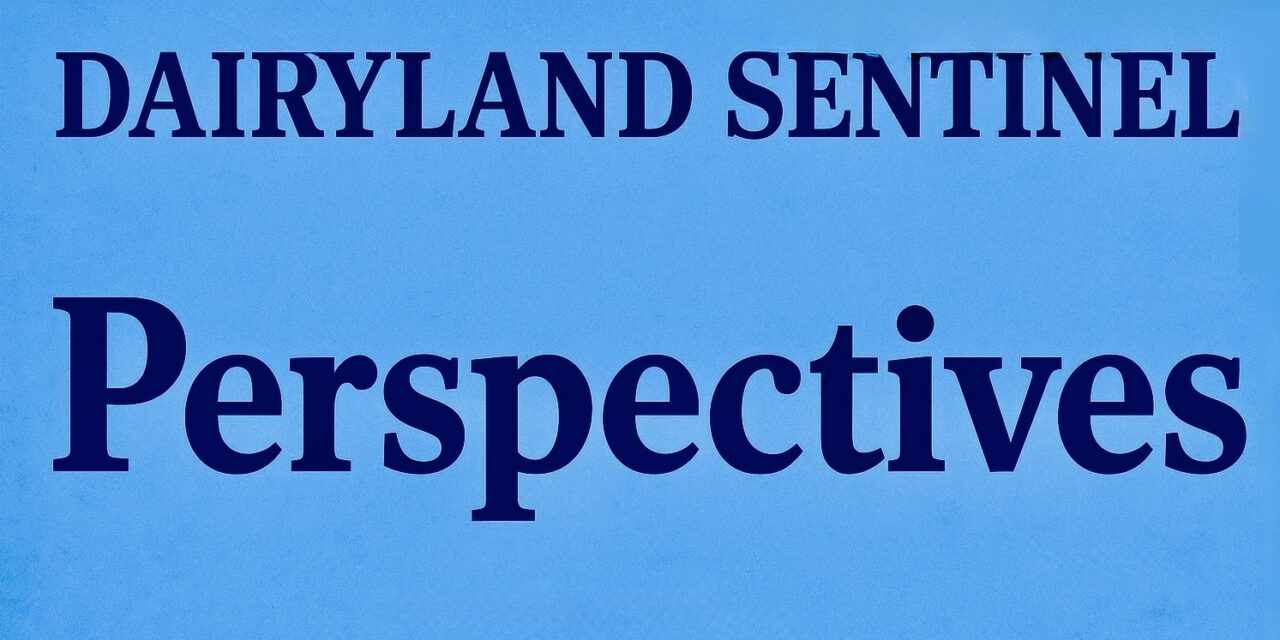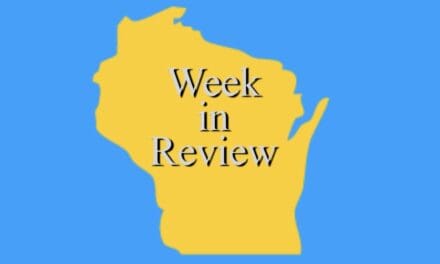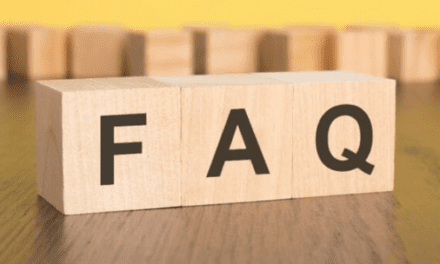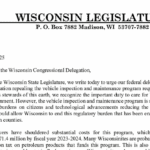A Dairyland Sentinel Perspective by George Mitchell
The Department of Public Instruction’s November 11 press release on DPI Report Card scores included the following:
- Public schools: The DPI produced 1,920 scored public school report cards. Of those, 1,625 (85 percent) met, exceeded, or significantly exceeded expectations. An additional 141 schools received alternate accountability ratings due to limited data.
- Private Choice schools: Among the 436 private schools participating in a Private School Choice Program, 161 (85 percent of scored Choice report cards) met, exceeded, or significantly exceeded expectations. Fifty-seven percent (247 schools) were not scored due to insufficient data — typically because of small student populations or low test participation rates among Choice students.
DPI hoped the takeaway for readers — and the media — would be that most choice students don’t take standardized tests and the minority who do perform at similar levels to public school students.
Mission accomplished. The Milwaukee Journal Sentinel swallowed DPI’s pitch whole, reporting:
“Across 1,920 public schools, about 85% received three stars or more, meaning they met, exceeded or significantly exceeded expectations. About 85% of “choice” schools that received report cards met, exceeded or significantly exceeded expectations. The DPI said 57% of choice schools, which offer students state-funded vouchers to attend private schools, did not receive report cards due to insufficient data, often because of small student populations or low participation rates on standardized tests.”
Here are facts a reporter enrolled in Journalism 101 could have pursued and presented:
- The implication that 57% weren’t tested or scored is misleading.. A DPI told a half-truth, the worst kind of lie. In fact, 77%percent of choice students attended schools that administered the state test and that received DPI Report Cards.
- Ditto with DPI’s suggestion that public and private choice schools had similar Report Card scores. Another half-truth. In fact, on 14 of 14 comparisons, students in the Milwaukee and Racine choice programs had substantially higher scores than public schools in those cities. Statewide, choice students from low-income families had higher scores than public school students from all income levels in four of seven comparisons.
- DPI uses the phrase “low test participation” to falsely suggest that many choice students don’t take standardized test. False, again. See Q & A below.
Q. Are all choice schools required to participate in testing?
No. According to DPI, the testing requirement “is waived…if [a] school has fewer than 20 [choice] students in grades 3 to 12.” This waiver applies to 117 participating private choice schools and affects more than 1,200 students.
Q. Are all students required to take the state test?
No. The law allows public and private choice students to opt out.
Q. Are students who don’t take the state test “not tested” at all?
No. At most private choice schools where students do not take the state test, an alternative, credible standardized test is used.
Q. Are there choice students who don’t take the state or another test?
A Yes. Many are virtual school students. The same is true among public virtual schools. A major reason is that current practice does not allow remote proctoring. That would enable these students to be tested at home. Now, taking the state test requires parents to drive to a testing location; many simply opt out. DPI recognizes that remote proctoring is a reliable process. Legislators and DPI agree that it should be allowed for K-12 virtual choice students. This fall, DPI is administering a pilot project for Forward exam remote testing. The goal is to offer a remote testing option for schools who exclusively use online instruction in the spring of 2026.
In summary, the Journal Sentinel took DPI’s bait and left its readers with a completely misleading impression of choice school results.
The modern school choice movement that began in Milwaukee has gone national. People who only get their news from state’s largest newspaper don’t know this. They don’t even know how the state program has produced positive results.
















